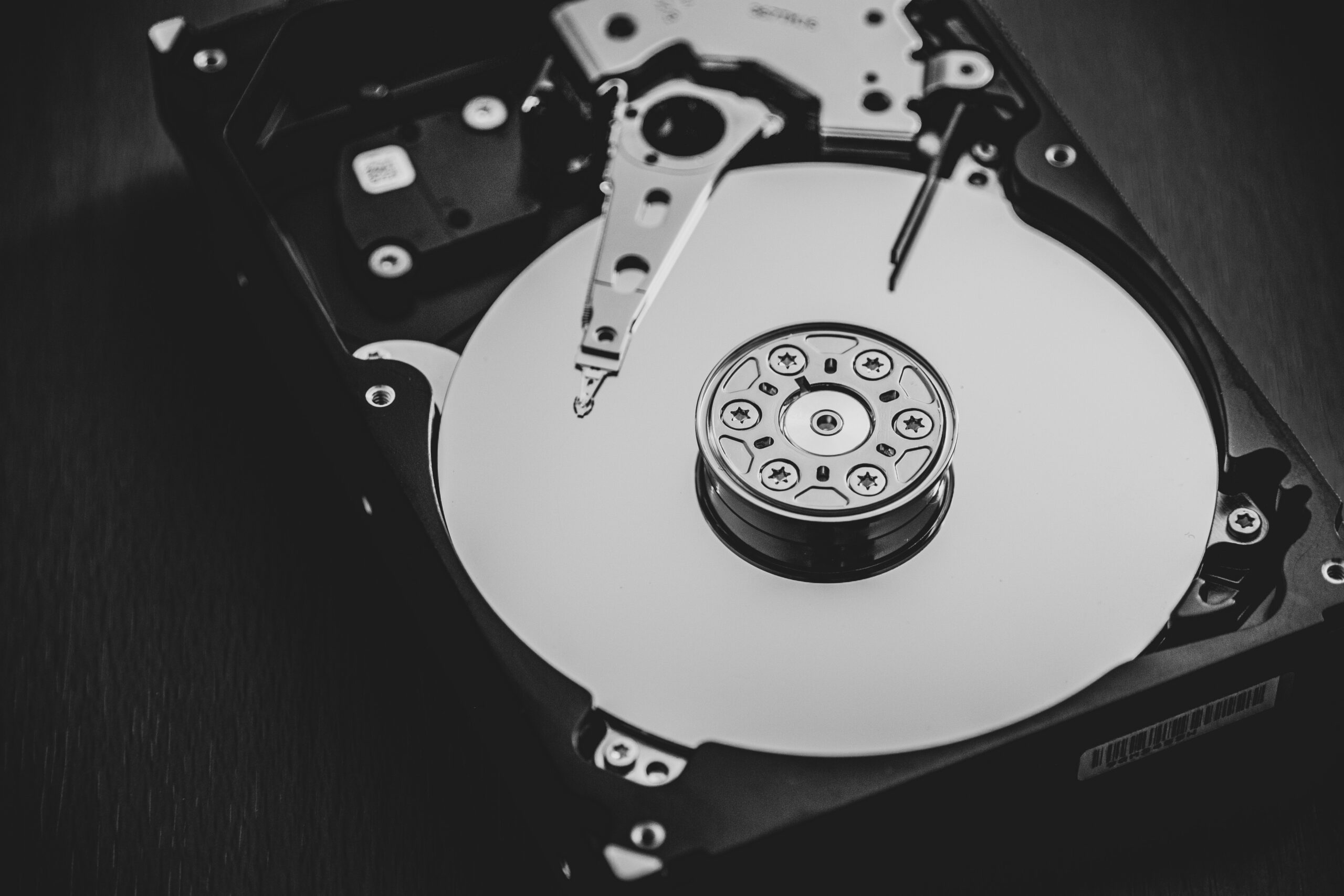5 ways to Back Up Your Data Effectively

People who want to back up their data have a wide range of choices, each having advantages and disadvantages. There are a few options that we’ve discussed in this article, but remember that you should have many backups in case something happens. Ransomware is a good example of this. Even if you don’t regularly perform backups to an external hard drive, certain ransomware will try to encrypt the files on that drive if you leave it attached when you are not conducting backups.
Copy everything to a USB stick
USB drives are readily available and inexpensive. They are also small enough to fit in a pocket and be easily transported to and from work each day. Purchase a drive with higher storage capacity, such as 256 GB, if you need to store numerous data.
Both Windows and MacOS are compatible with USB sticks. A data cable can be used to connect them to an Android or iOS device with little effort.
Unfortunately, USB drives are often misplaced due to their small size. Both physical harm and malware infection can occur. In the near term, USB sticks can be useful for storing and transferring data, but they shouldn’t be your sole backup strategy.
Copy Files to an External hard drive
An external hard drive is exactly what it sounds like: a hard drive that can be inserted into a different computer. It’s advised not to use them as an “additional everyday hard drive” if you’re using them for backup. They are relatively cheap and have Plenty of storage space for larger files however they are possibly vulnerable to the same issues that caused the data loss in the first place (a power surge or malware).
Burn into a CD or DVD
You can always do a manual backup of your data by producing a CD, DVD, or Blu-ray disc. Just insert the disc into your computer and copy all of the files you want to keep onto a new disk. If you like, you can keep your backup disc in a bank locker.
This strategy has a slew of flaws, as you can see. In addition to being prone to break, disc drives become increasingly expensive as their storage capacity increases. Since this method relies on outdated technology, it’s also quite slow.
As the last point, many computers today don’t even have an optical drive built-in.
Cloud Storage
Many third-party cloud storage choices are available for both free and paid users, including premium extras, while network attached storage (NAS) serves as a kind of personal Cloud Server. Some of the most popular cloud storage services include iCloud, Dropbox, Google Drive, and OneDrive.
Use a NAS device
With NAS, you may store your files on network-attached storage (NAS) device that can be accessed from any other network-enabled devices, such as computers, laptops, and mobile devices. An external hard disk with built-in Wi-Fi is what you’ll get with this
Files can be kept safe and accessible from any device connected to your home network with the use of an on-site server.
In the workplace, these gadgets are particularly beneficial because of their ability to provide seamless cooperation across diverse individuals. Because there are no third parties involved, your data and network activity are completely secure.
Conclusion
Data backups can be accomplished in numerous ways, but none of them is 100% reliable. For maximum security, you should have various backup plans in place. Small amounts of data can be stored or transferred via USB sticks and CD drives, but their scalability is limited.
As part of a local backup strategy, NAS devices can be useful, while cloud storage services allow you to keep a copy of your data on a separate server. These measures, when used collectively, can help protect your data from any kind of disruption.




